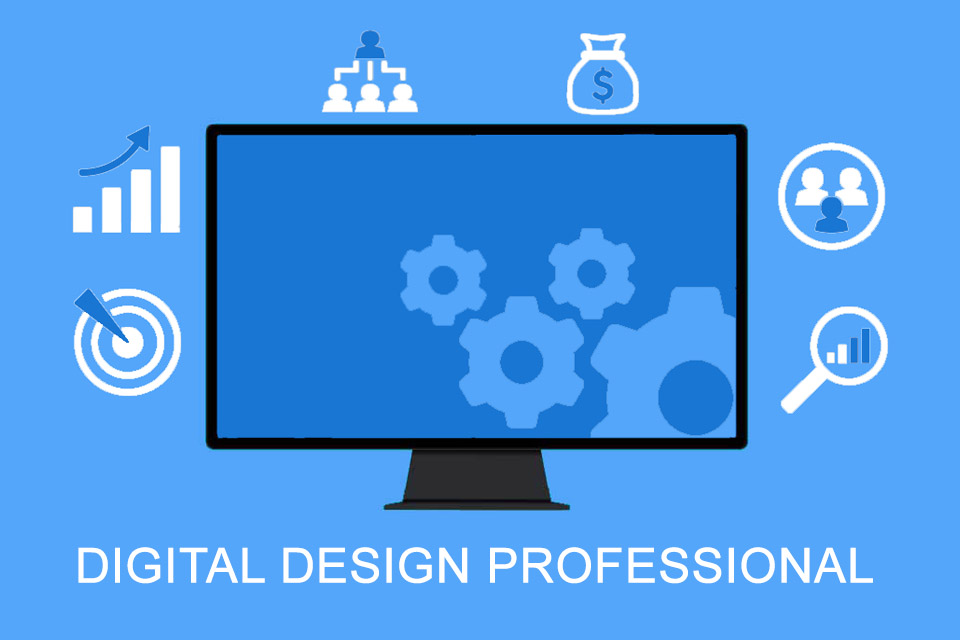What is a Digital Design Professional?
Smartpedia: The Digital Design Professional (DDP) is a personal certificate for employees who are involved in the development of digital solutions.
Digital Design Professional – the responsible development of digital solutions
The Digital Design Professional (DDP) is a certification programme of the International Requirements Engineering Board e.V. (IREB). [1] Since 2006, the association has pursued the goal of establishing professional standards through education and training in requirements engineering. Requirements engineering is the systematic procedure for specifying and managing requirements for a system, product or software. The new DDP personal certificate addresses a gap in digital product development, as established approaches to defining and developing solutions in the digital age do not automatically lead to success. The Digital Design Professional
- defines – ideally together with the stakeholders – the scope of a development,
- acts as an interface between design, construction, realisation and management,
- understands both the process and the product at solution and system level,
- focuses on the quality of communication with all stakeholders and the quality of the solution.
Simply put, the DDP is a design expert who understands the full potential of digital technologies, and takes responsibility for the digital solution throughout the development.
DDP Foundation Level – Syllabus 1.0
Since 01 March 2022, the DDP Foundation Level – Syllabus 1.0 is in place. It consists of 6 main chapters or educational units (EU), each of which defines clear learning objectives:
- EU 1 explains the motivation of the new Digital Design job description, identifies required competences and introduces general building processes for digital solutions. (The core idea of digital design considers the digital as shapeable material).
- EU 2 goes into the basics of design processes, concept work and different types of prototypes.
- EU 3 considers the interplay of technology and quality, defines knowledge areas and perspectives.
- EU 4 focuses on cross-sectional competences and addresses, for example, mindfulness and performance as human factors. In addition, the basics of business models and social processes in the course of the construction process are addressed.
- EU 5 deals with order clarification, conception, development steps and Lean Startup as an alternative development approach.
- EU 6 addresses the importance of heuristics, practical knowledge and teamwork, among others.
Impulse to discuss
[1] The abbreviation DDP is not unique, because it also stands for:
- Deutsche Demokratische Partei (German Democratic Party), which was a left-liberal party in the Weimar Republic representing political liberalism between 1918 and 1933.
- Delivery Duty Paid, a term in foreign trade according to which a seller must deliver goods to the specified destination at his own expense and risk, and is responsible for handling any formalities that arise.
At Bitkom, you will find, among other things, position papers, role descriptions and various yearbooks on digital design.
If you like the article or would like to discuss it, please feel free to share it in your network. And if you have any comments, please do not hesitate to send us a message.
And here you will find additional information from the t2informatik Blog:



